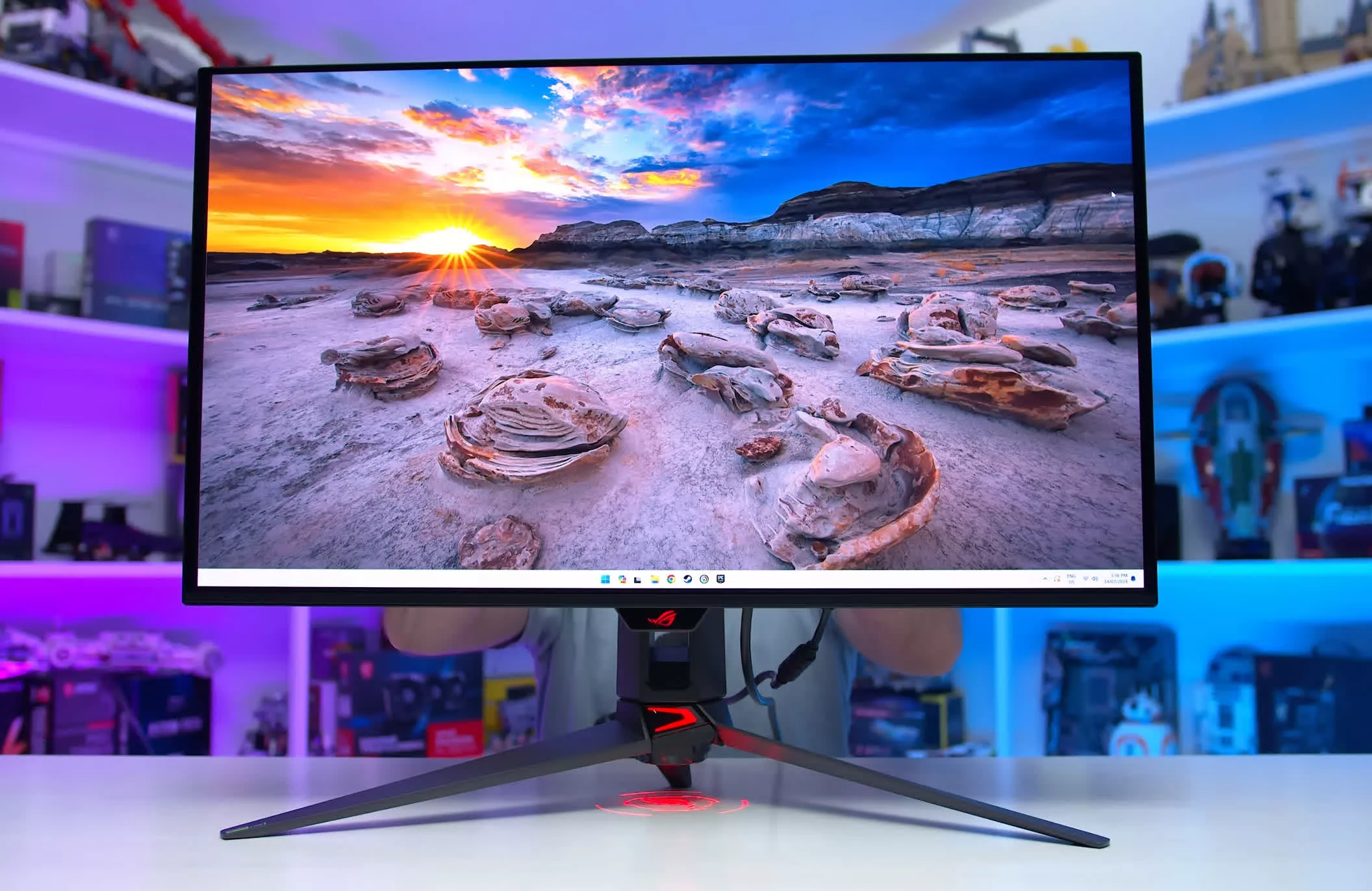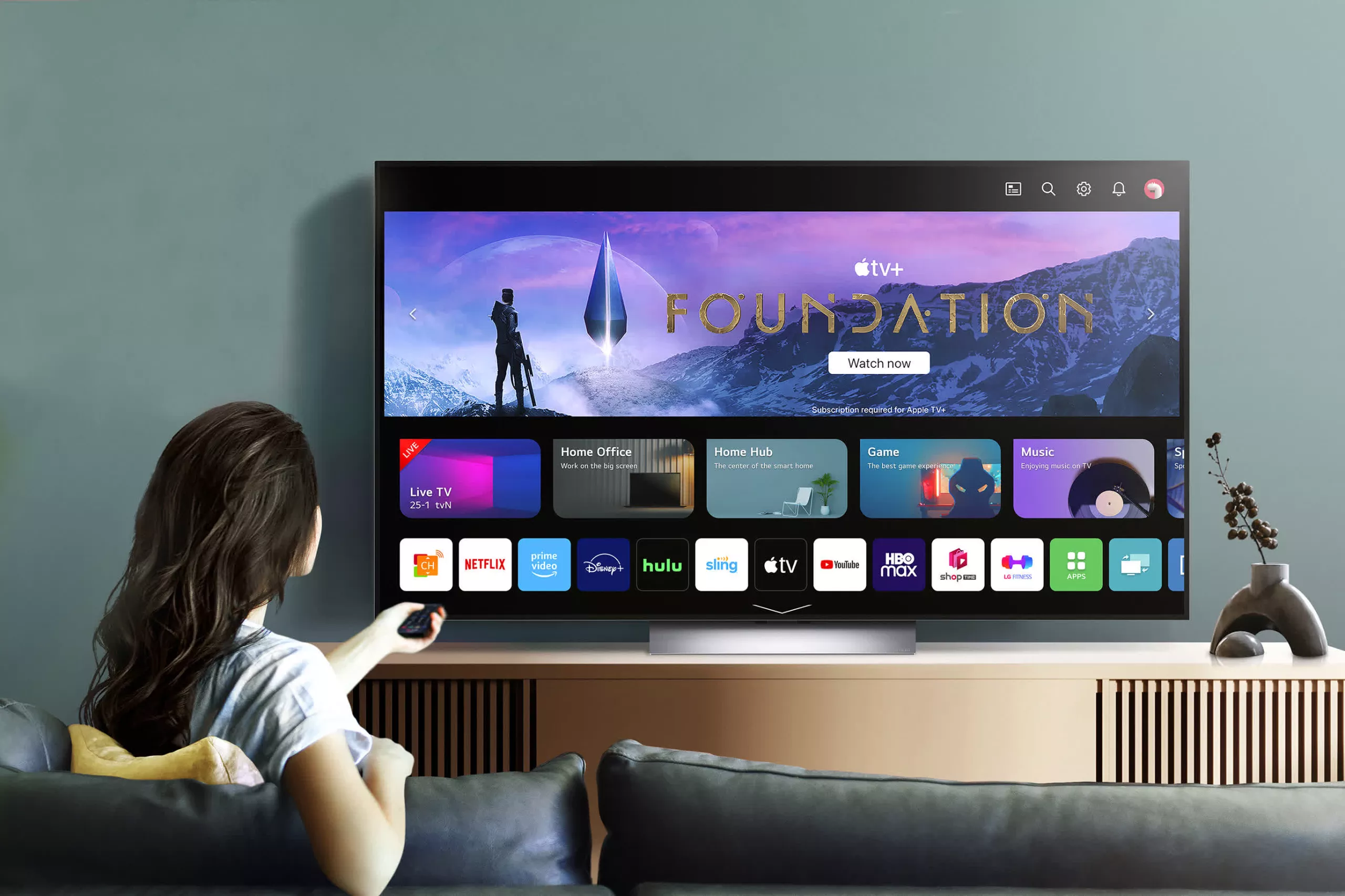In brief: For all the advances OLED TVs, monitors, and laptops have made in the last few years, they remain prohibitively expensive in many cases – especially monitors. That could start to change, however, thanks to LG Display investing $1 billion into its OLED panel manufacturing business.

News that LG Display has announced it is raising 1.2925 trillion won ($971 million) comes from the Korean Times (via What Hi-Fi). The company confirmed that the money will be used to increase the number of OLED products in all its business areas, "ranging from large, medium and small." It means LG Display will manufacture about 20% more panels this year than it did in 2023.
Producing extra OLEDs for all devices that use them is good news for consumers. In addition to making displays for LG Electronics, LG Display supplies the likes of Sony, Panasonic, Philips, Hisense and even Samsung with their OLED TV panels. It also provides them to laptop and monitor manufacturers.
It's not just LG Display pouring more money into OLED manufacturing. Samsung is converting an existing LCD panel factory into an OLED facility at the cost of $3.1 billion, while BOE is investing over $8.8 billion to build a new OLED fab in China.
Like so many industries, OLED sales have dropped since the boom time of the pandemic when people were buying the latest technologies to make their time locked indoors more bearable. However, the market has been looking up recently; LG Display posted an operating profit in the fourth quarter of 2023, ending seven successive quarters of operating losses. The Korean Times notes that this was achieved by streamlining its business structure and increasing the proportion of OLED products in its overall display business.
While OLED TVs have seen their prices trend downward in recent times, monitors featuring the technology remain at the high end. We recently reviewed the Dell Alienware AW3225QF 32", a curved 4K 240Hz QD-OLED that costs $1,200 – a competitive price compared to similar alternatives.
The increased OLED panel output by LG and others should be felt by consumers later this year. In the meantime, check out our Best Gaming Monitors feature, which includes several excellent OLED models.
https://www.techspot.com/news/102226-lg-display-1-billion-investment-boosts-oled-production.html
